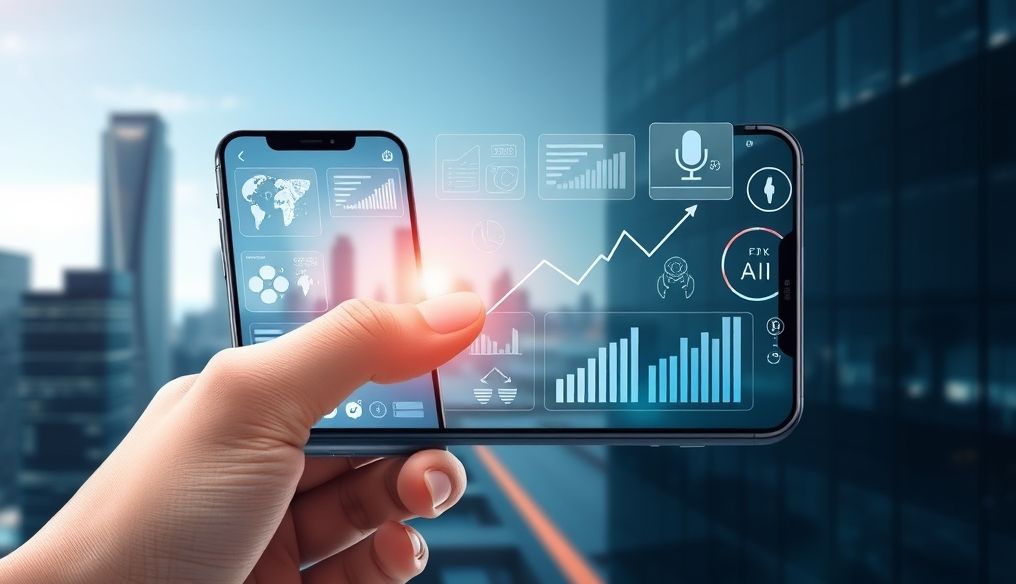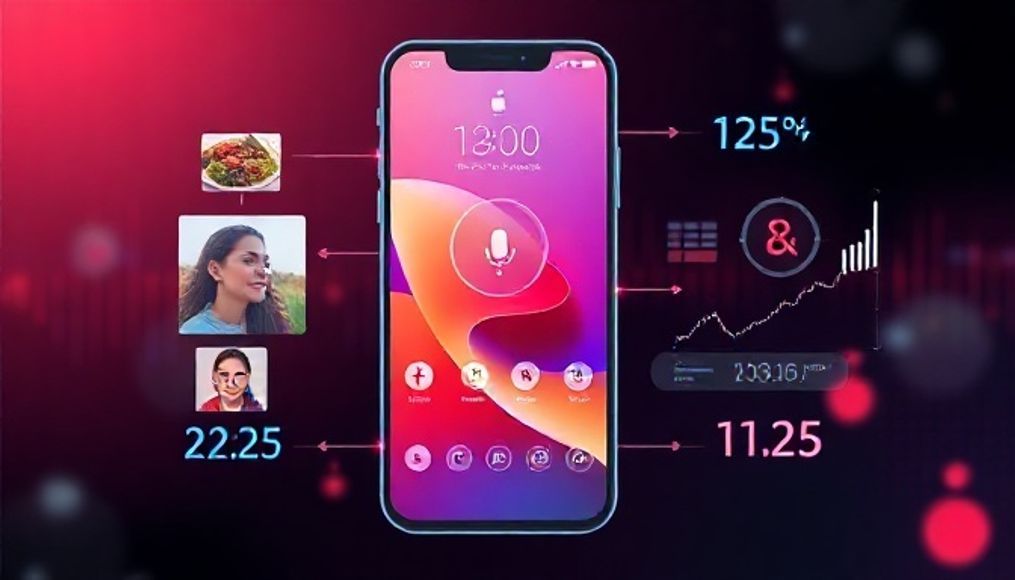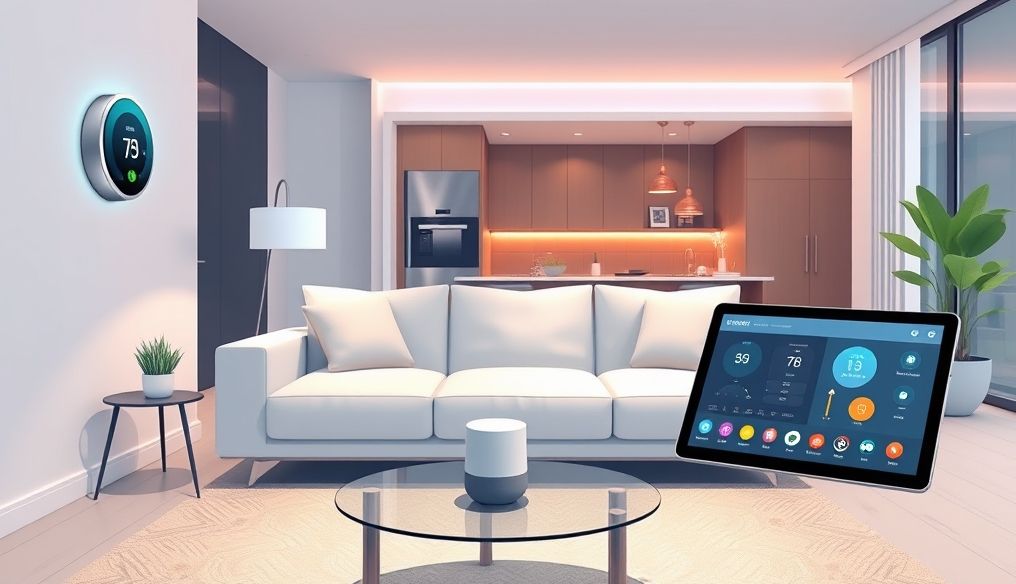Introduction to Artificial Intelligence in Smartphones
Artificial Intelligence in smartphones refers to the use of machine learning algorithms and neural networks to enable phones to perform tasks that typically require human intelligence. These tasks include voice recognition, image recognition, behavior prediction, and performance optimization.
Voice Recognition and Natural Language Processing (NLP)
Voice Assistants: Apple's Siri, Google Assistant, and Amazon's Alexa are excellent examples of how AI is used to understand and execute our voice commands. These systems use Natural Language Processing (NLP) to convert our speech into data that can be understood and acted upon.
- How it Works:
- Converting voice to text using speech recognition technologies.
- Analyzing the text to understand the intended meaning.
- Executing commands or searching for the required information.
Practical Examples:
- Sending voice text messages.
- Setting alarms and appointments.
- Searching for information on the internet.
Image Recognition and Camera Enhancement
Improving Image Quality: AI plays a crucial role in enhancing the quality of images we capture with our phones. By recognizing the scene and automatically adjusting settings, phones can capture better photos in various conditions.
- Scene Recognition: Identifying whether the image contains people, landscapes, food, etc.
- Setting Adjustment: Adjusting exposure, contrast, and saturation to improve the image.
- Night Mode: Using AI to reduce noise and enhance lighting in night photos.
Practical Examples:
- Automatically improving portrait photos.
- Capturing clear photos in low light.
- Recognizing faces in photos and categorizing them.
Behavior Prediction and Performance Optimization
Battery Management: AI can analyze how we use our phones and predict our energy needs. This allows phones to optimize battery consumption and extend its lifespan.
- Usage Analysis: Tracking the applications we use frequently.
- Performance Optimization: Closing unused applications and adjusting screen brightness.
- Energy Saving: Reducing background energy consumption.
Practical Examples:
- Alerting users about applications that consume a lot of power.
- Automatically adjusting screen brightness based on ambient lighting.
- Optimizing the performance of frequently used applications.
Security and Protection
Facial Recognition: Smartphones use facial recognition technology to unlock the device securely and quickly. This technology uses AI to analyze facial features and verify identity.
- How it Works:
- Creating a 3D model of the user's face.
- Comparing the current model with the stored model.
- Unlocking the device if the features match.
Other Security Features:
- Detecting malware using behavior analysis.
- Protecting personal data using smart encryption.
- Warning users of fraudulent messages.
Smart and Personalized Applications
Personalized Applications: AI allows for the development of smart applications that adapt to individual user needs. These applications can provide personalized recommendations, learn from user behavior, and offer unique experiences.
- Examples:
- Health and fitness apps that offer personalized training plans.
- News apps that display articles that interest the user.
- Shopping apps that provide product recommendations based on purchase history.
Challenges and Concerns
Privacy: Collecting and using personal data raises privacy concerns. Companies should be transparent about how they use our data and give us control over our information.
Bias: AI algorithms can be biased if they are trained on biased data. This can lead to unfair or discriminatory results.
Over-reliance: Over-reliance on AI can reduce our ability to think critically and solve problems ourselves.
The Future of AI in Smartphones
Continuous Evolution: AI is expected to continue to evolve and improve in smartphones. We will see more smart and personalized applications, improvements in performance and security, and smoother user experiences.
Augmented Reality and Virtual Reality: AI will play a crucial role in developing augmented reality and virtual reality applications on smartphones. This will open the door to new and exciting experiences in areas such as education and entertainment.
Conclusion
Artificial Intelligence is revolutionizing our smartphones, improving our daily experiences in many ways. By understanding how AI works, we can make the most of this technology while maintaining our privacy and security.




